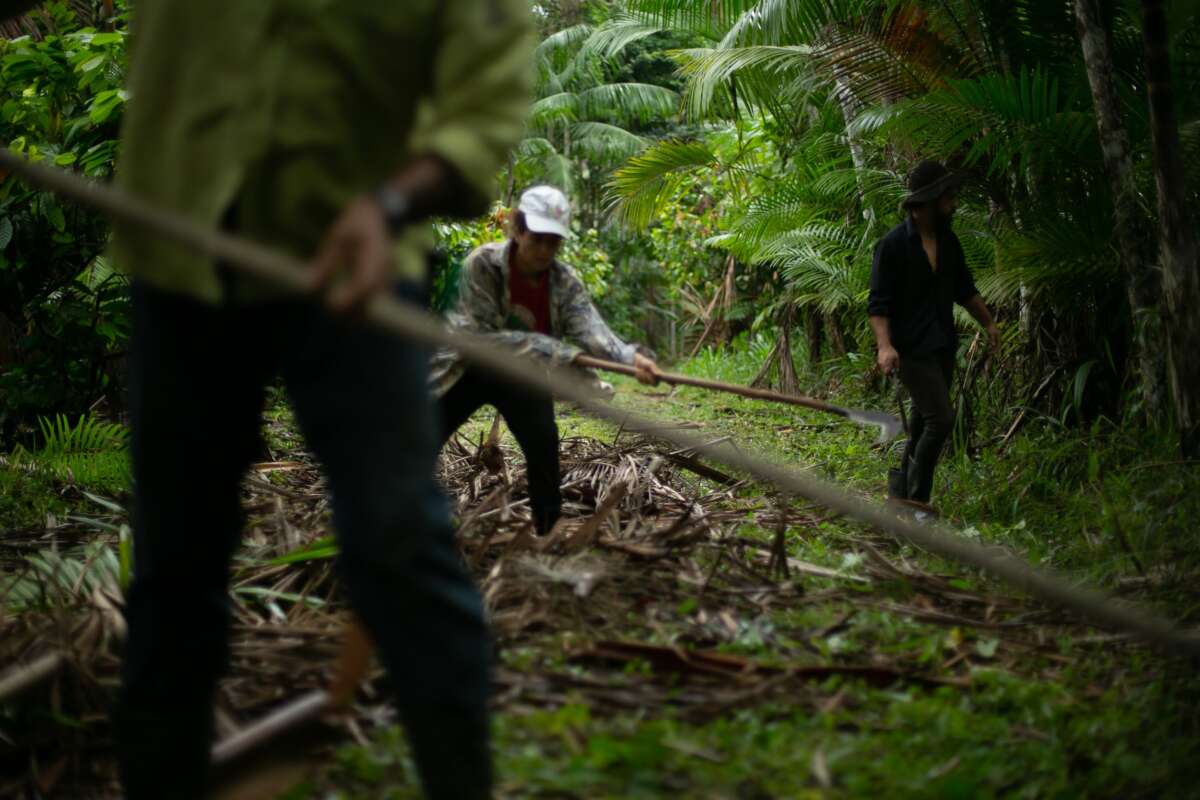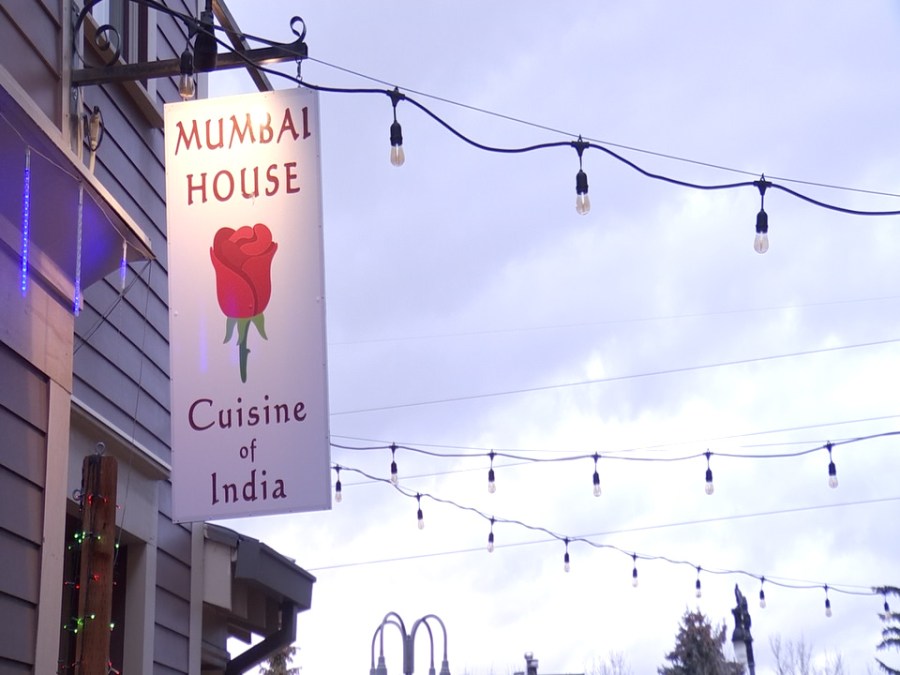UPDATE: Protests have erupted outside the 30th annual United Nations Climate Change Conference (COP30) in Belém, Brazil, as Indigenous leaders declare their lands are not for sale. A large crowd of primarily Indigenous Amazonian protesters, including the Tupinamba community, marched into restricted areas on November 20, 2025, demanding freedom from agribusiness and illegal logging.
“We want our lands free from agribusiness, oil exploration, illegal miners, and illegal loggers,” proclaimed a leader, amplifying urgent calls for action as global carbon emissions rise and deforestation surges across Brazil.
While COP30 discussions focus on climate empowerment, the reality on the ground reveals a stark contrast. The Ka’apor people, residing in the devastated eastern Amazon, have managed to preserve a thriving ecosystem by taking direct action. Since 2013, they have kept loggers out and restored 80% of their deforested lands through grassroots resistance. Techniques include closing logging access roads and expelling illegal loggers, demonstrating a powerful model of Indigenous-led environmental protection.
Their struggle is not without peril; between 2008 and 2022, at least 11 community members were brutally assassinated, with no accountability. The method of creating protection areas around their forest has become vital for their survival. “We’ll keep supporting them going forward,” said community leader Marakaja, emphasizing their commitment to this strategy.
In the Atlantic Forest, Jerá Guarani, from the Kalipety community, recounted how they reclaimed their land through protests and blockades, stating, “Our movement became something much more widespread and decentralized.” While COP30 promotes Indigenous empowerment, many on the front lines criticize FUNAI, the Brazilian government agency, as an obstacle rather than an ally.
As Indigenous communities like the Guarani and Ka’apor innovate sustainable farming practices, they challenge the narrative of dependence on government aid. Their methods include agrofloresta—integrating crops and trees to restore biodiversity while addressing poverty and climate change. These communities are proving that local solutions can lead to significant ecological benefits, drawing attention to the UN’s discrepancy in funding, where Indigenous peoples safeguard 80% of the world’s biodiversity yet receive less than 1% of climate funding.
The stark reality of climate negotiations at COP30 contrasts sharply with the dynamic grassroots movements across Brazil. As Bruno, an organizer with Teia dos Povos, explained, their communities are not waiting for government intervention. They are actively transforming once devastated lands into sustainable ecosystems, proving that urgent action can yield immediate results.
As protests continue, the demand for justice becomes more pressing. “If you wait for the government to do something, you’ll still be sitting around when you die,” warned Gah Te Iracema, a Kaingang leader. The message is clear: grassroots movements are not just protesting; they are paving the way for a sustainable future.
The next days at COP30 will be crucial. With Indigenous leaders demanding recognition and action, the world is watching. Will the voices from the front lines be heard, or will the conference end with more empty promises? Stay tuned as this developing story unfolds.







